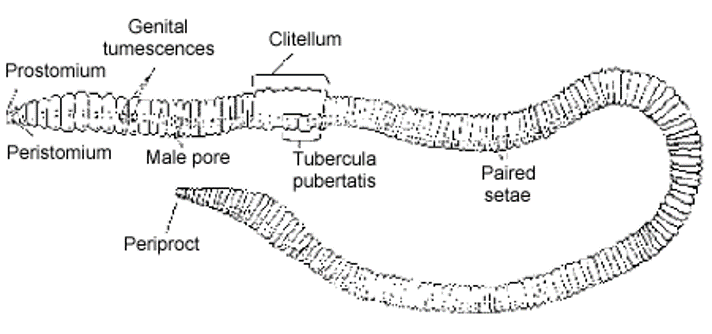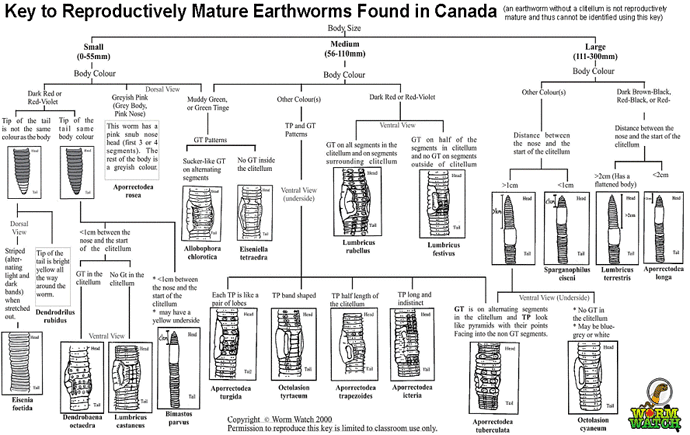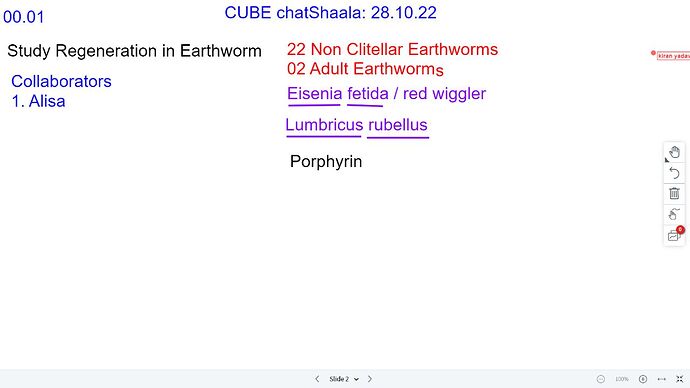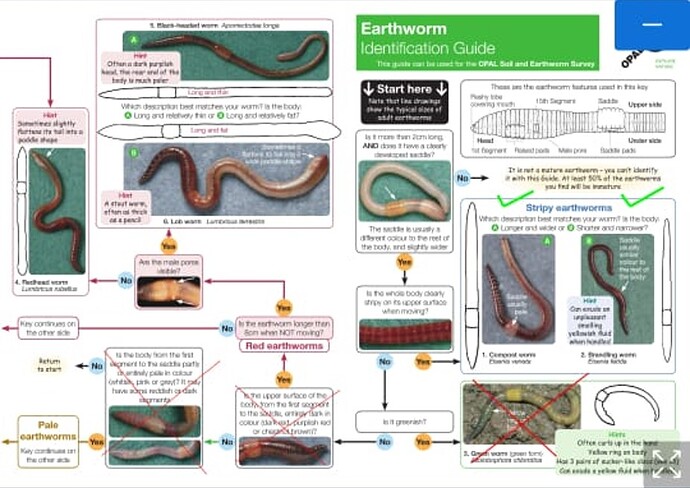Dear All,
We have very enthusiastic cubists, who are searching for earthworms near and around their homes. They are trapping and culturing the earthworms because lot of research questions can be answered using this model organism. For e.g. regeneration is one of the fascinating question which is intriguing to all. There are multiple species of earthworms that exists in India and every species is different from another. One of the major challenges while working on earthworm is how to identify “which species my earthworm belongs to ?”
Before we jump to identification lets understand the basic terms:
Earthworms like moist, cool soil. This means that there will be more earthworms around at wetter and cooler times of the year, or near water ways, ponds, rivers, and other consistently wet places. Earthworms are invertebrates, which means they have no back bone (unlike snakes, which do have a back bone). Earthworms are annelids and are members of the class Oligochaeta, because they crawl using circular and longitudinal muscles which are located under the epidermis. Each segment also has bristle like setae (see figure) which help to anchor their segments as they crawl. Unlike humans, earthworms do not have a well developed respiratory system. Instead of lungs, they breathe through their skin which needs to stay moist for breathing.
Lets Start a conversation where I welcome one and all to contribute in this hunt of identifying an earthworm species. Lets start with the knowledge that is available in the literature and everyone please add their own experiences that can help in species identification.
- Begin with identifying reproductive adults: those earthworms which have a well-defined clitellum. Clitellum is a structure usually found one-third of the way down the earthworm from the head. The clitellum is a swelling of the skin and can only be seen in earthworms that are ready to reproduce. The clitellum is usually a different color than the earthworm’s body. The clitellum is normally greyish-white, but it can also be bright orange within the same species. The bright orange color indicates that the earthworm is in heat, and does not mean that this is a different species of earthworm. Earthworms are ready to mate when their clitellum is orange. Most of the material secreted to form earthworm cocoons is produced within the clitellum.
-
The number of the segments to where the clitellum begins and the number of segments that make up the clitellum are important for identifying earthworms. The number of segments from the peristomium (see figure) to the clitellum and the number of segments which make up the clitellum are species specific in earthworms. This means that if two earthworms have different numbers of segments to the start of the clitellum, they are different earthworm species.
-
The very last segment is called the periproct (see figure ) and contains the anus.
Except for the first and last segment all the other segments have 8 setae located around each segment. The setae look like small bristles sticking out of the earthworm’s skin.
The setae can be retracted and are for moving through the soil. The bristle-like setae anchor the segments as they crawl.
Now lets come to identification and try to list the characteristic features which can help us in identifying the species
Body type: Small (0-5.5 cms), Medium (5.6-11 cms), Large (11 cms and above upto ~30 cms)
Body Colour: Dark red or red-violet, Greyish pink (grey body pink nose), Green Tinge and other colors
Below is the figure for the species found in Canada…Ofcourse we should develop forsimilar map for our country that is India.
Reference:Worm Watch - This image is used for teaching purpose
Lets use this as a key for identifying our home lab earthworms. However we have to evolve and make a map like this for the earthworms available near our home-labs.
All the very best Cubists… Keep going
Hope it helps!
Dr Himanshu Joshi



